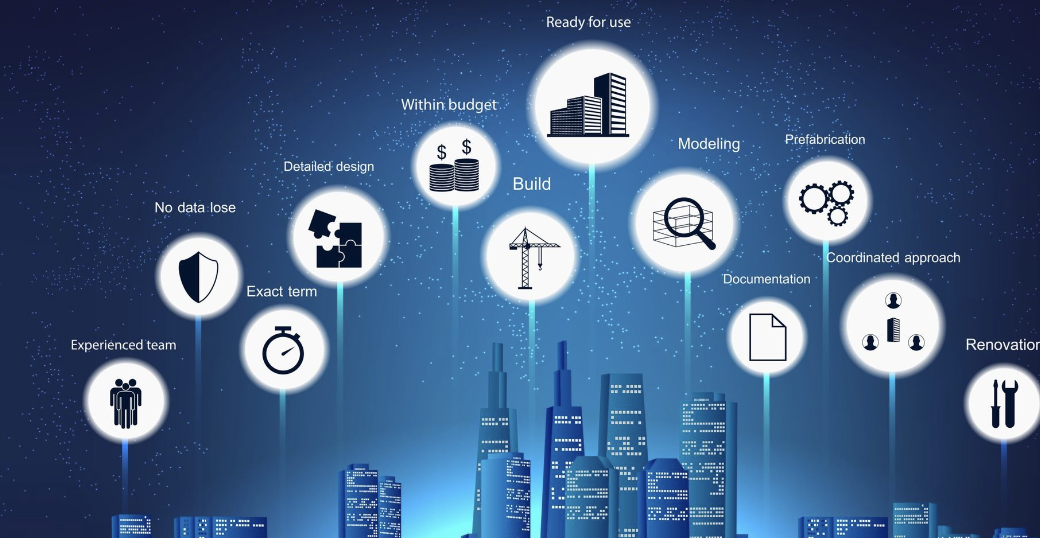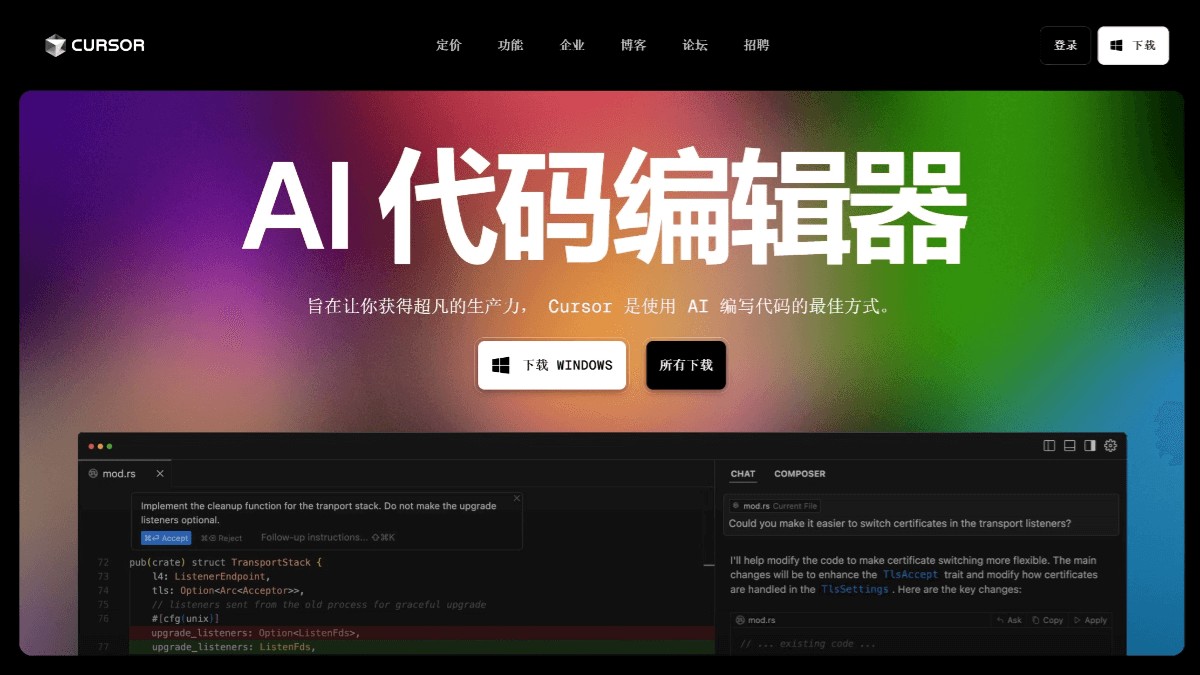
With the rapid development of artificial intelligence technology, multi-modal technology has become a hot spot in the field of AI. Multimodal technology refers to technology that can process and integrate multiple different types of data (such as text, images, sounds, etc.). This article will briefly explore the basic concepts of multimodal technology, its applications, and its impact on future technologies.
In artificial intelligence, "modality" refers to the type of data. Common modalities include text, image, video, audio, etc. The core goal of multimodal technology is to enable machines to simultaneously process and understand these different types of information and make connections between them, just like humans.
Multimodal technology is a branch of machine learning that relies on machine learning methods and algorithms to process and integrate data from different modalities. For example, in multi-modal learning, information such as text, images, videos, and audio will use machine learning algorithms to identify and understand the relationships and patterns between different modalities, allowing the system to more comprehensively understand complex input information.
The key to multimodal technology is how to effectively utilize machine learning models to combine information from different sources, which often involves complex data fusion, feature extraction, and pattern recognition processes. Therefore, as one of the important directions in the field of machine learning, multi-modal technology is playing an increasingly important role in improving system performance and expanding application scope.
Multimodal technology has made significant progress in many fields. The following are some important application scenarios:
Virtual assistants <br/>Virtual assistants such as Siri and Google Assistant can understand voice commands (audio mode) and display relevant information on the screen (visual mode) to achieve more intelligent user interaction.
Medical Diagnosis <br/>Combining medical images (image modality) and patient history records (text modality), multi-modal technology can help provide more accurate diagnosis. For example, AI systems can simultaneously process patient imaging data and medical records to more accurately determine the condition.
Self-driving cars <br/>Autonomous driving technology uses images captured by cameras (visual mode), radar data (tactile mode) and GPS information (text mode) to achieve precise navigation and obstacle avoidance, promoting autonomous driving technology development.
Although multimodal technology has achieved remarkable results in its application, it still faces some technical challenges, one of the main challenges being how to effectively integrate information from different modalities. The data structures and characteristics of different modalities are quite different. How to design efficient algorithms to understand and process these data across modalities is still a hot topic in current research.
With the continuous advancement of technology, multi-modal technology will make further breakthroughs in the following aspects:
Improvement of cross-modal learning capabilities <br/>Future multi-modal technology will be better at processing and understanding the complex relationships between different modalities, and can achieve deeper cross-modal analysis and learning.
Wider application scenarios <br/>With the development of technology, multi-modal technology will be widely used in more industries and fields, such as education, entertainment, security, etc., bringing more efficient technical support.
Innovation in human-computer interaction <br/>Multimodal technology will make human-computer interaction more natural, smooth and efficient, improve user experience, and push the interaction between humans and machines into a new era.
Multimodal technology is gradually changing the way we interact with machines. It not only improves the understanding of machines, but also brings unprecedented possibilities to various applications. With the continuous development of technology, future multi-modal technology will play a huge role in a wider range of fields and bring more intelligent solutions to human society.



